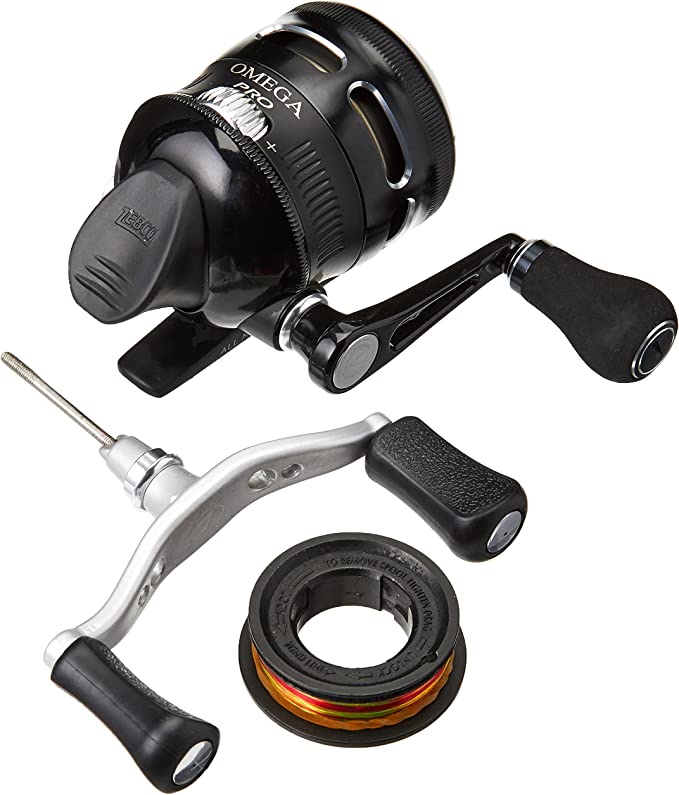Beyond the Griddle: The Scientific Soul of the Blackstone 6825 Pizza Oven
Update on Aug. 10, 2025, 10:05 a.m.
There’s a moment familiar to every outdoor enthusiast. The campfire crackles, the stars emerge, and a primal craving for something truly satisfying arises—something more than a charred hot dog on a stick. It’s a desire for authentic, communal food; a perfectly blistered, cheese-bubbling pizza often sits at the pinnacle of this wish list. For years, achieving that pizzeria-quality craft in the wild or the backyard felt like a fool’s errand. The challenge isn’t about ingredients; it’s about physics. And it’s a physics problem that Blackstone has addressed with remarkable engineering in its 6825 Pizza Oven. This isn’t just another piece of outdoor hardware; it’s a portal to mastering the flame.

The Ancient Code of Fire and Stone
To understand what makes the Blackstone 6825 so effective, we must first travel back to the bustling streets of Naples, the birthplace of modern pizza. The secret to the legendary Neapolitan pie lies in the inferno of a wood-fired brick oven. This traditional design is a masterclass in heat management, delivering three distinct types of heat simultaneously.
First is conduction, the searing heat transferred directly from the oven floor into the dough, creating that essential, non-negotiable crispy base. Second is radiation, where the oven’s dome, having absorbed immense thermal energy, radiates intense infrared heat downwards, melting the cheese and cooking the toppings in seconds. Finally, convection comes into play as hot air circulates, ensuring an even bake. To achieve the coveted “leopard spotting” and airy crust—the results of the Maillard reaction and rapid oven spring—you need temperatures soaring towards 900°F. A conventional home oven, or a standard grill, simply cannot orchestrate this complex thermal symphony.

Engineering Harmony: Blackstone’s Two-Stone Symphony
This is where the genius of the Blackstone 6825 reveals itself. It doesn’t just get hot; it intelligently manages and directs its formidable 54,000 BTU output through its patented 2-Stone Technology to replicate and even refine the traditional oven’s environment.
Think of it as a thermal orchestra. The fixed upper cordierite stone acts as the radiant dome. It absorbs the raw power of the burners and transforms it into a broad, even blanket of infrared heat that showers down on the toppings. This intense radiation is what flash-cooks the surface, ensuring pepperoni crisps at the edges and cheese melts perfectly without becoming oily.
Meanwhile, the lower cordierite stone handles the critical task of conduction. But it has a game-changing feature: it rotates. This single innovation solves the most common problem in high-heat pizza ovens—the dreaded “hot spot.” Instead of requiring the cook to frantically turn the pizza with a peel to avoid a burnt side, the oven does the work for you. The gentle, continuous rotation ensures every inch of the crust receives precisely the same amount of conductive heat, guaranteeing a uniformly crisp, golden-brown base. It’s a simple, elegant solution that delivers profound consistency.
The Unsung Hero: The Science of Cordierite
The choice of cordierite for both stones is far from arbitrary; it is a deliberate application of material science. This industrial ceramic is the oven’s secret weapon, possessing properties that make it uniquely suited for the task.
Its most critical attribute is an incredible resistance to thermal shock. Cordierite can endure rapid temperature swings from ambient to 900°F and back without cracking or shattering, a feat that would destroy lesser ceramics. This ensures the oven’s longevity and reliability, especially in the unpredictable conditions of outdoor use.
Furthermore, cordierite acts as a “thermal battery.” It has excellent thermal mass, meaning it absorbs and stores a massive amount of heat. When you launch a cool pizza onto its surface, it doesn’t flinch; it instantly releases that stored energy, providing the powerful conductive blast needed for a great crust. Finally, its inherent porosity is key. The microscopic pores in the stone’s surface actively wick moisture away from the dough as it bakes. This process is crucial for preventing a soggy bottom and achieving the light, crisp texture that separates good pizza from great pizza.

From Backyard to Backcountry: Design in the Real World
Blackstone channels this scientific prowess into a design that understands the North American outdoor lifestyle. While its 140-pound weight speaks to a sturdy, heat-retaining build, its design prioritizes versatility. The entire oven unit can be detached from the cart for use on a stable outdoor countertop or a truck tailgate at a campsite. The cart itself, with its robust handles and lockable swivel wheels, makes maneuvering it across a patio or deck a simple affair. Features like the integrated propane tank storage and the included pizza peel demonstrate a thoughtful approach, recognizing that great gear should reduce friction, not create it. It’s built to be the durable, powerful centerpiece of a backyard kitchen or the ultimate upgrade for a basecamp cooking setup.
Conclusion: More Than an Oven, It’s a Portal to a New Experience
Ultimately, the Blackstone 6825 Pizza Oven is more than the sum of its parts. It is a testament to how understanding fundamental science—thermodynamics and material properties—can empower creation. It takes the ancient art of pizza making, decodes its scientific principles, and places that power into the hands of the home cook. By mastering heat with its ingenious dual-stone system, it removes the guesswork and inconsistency, allowing you to focus on the joy of the craft itself. It’s an invitation to elevate your outdoor cooking from simple sustenance to a shared, memorable culinary experience, proving that with the right tool, you can truly master the fire, wherever you choose to light it.







































